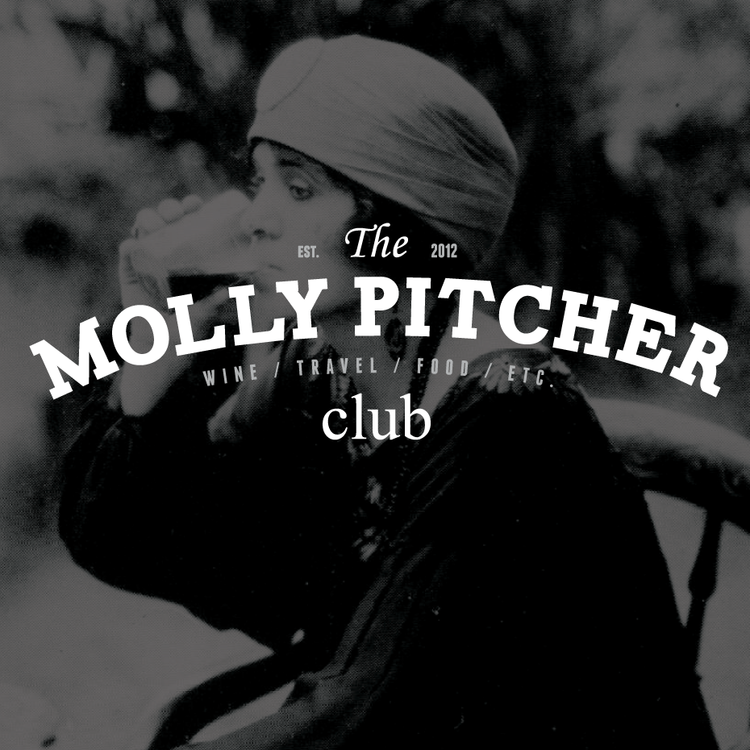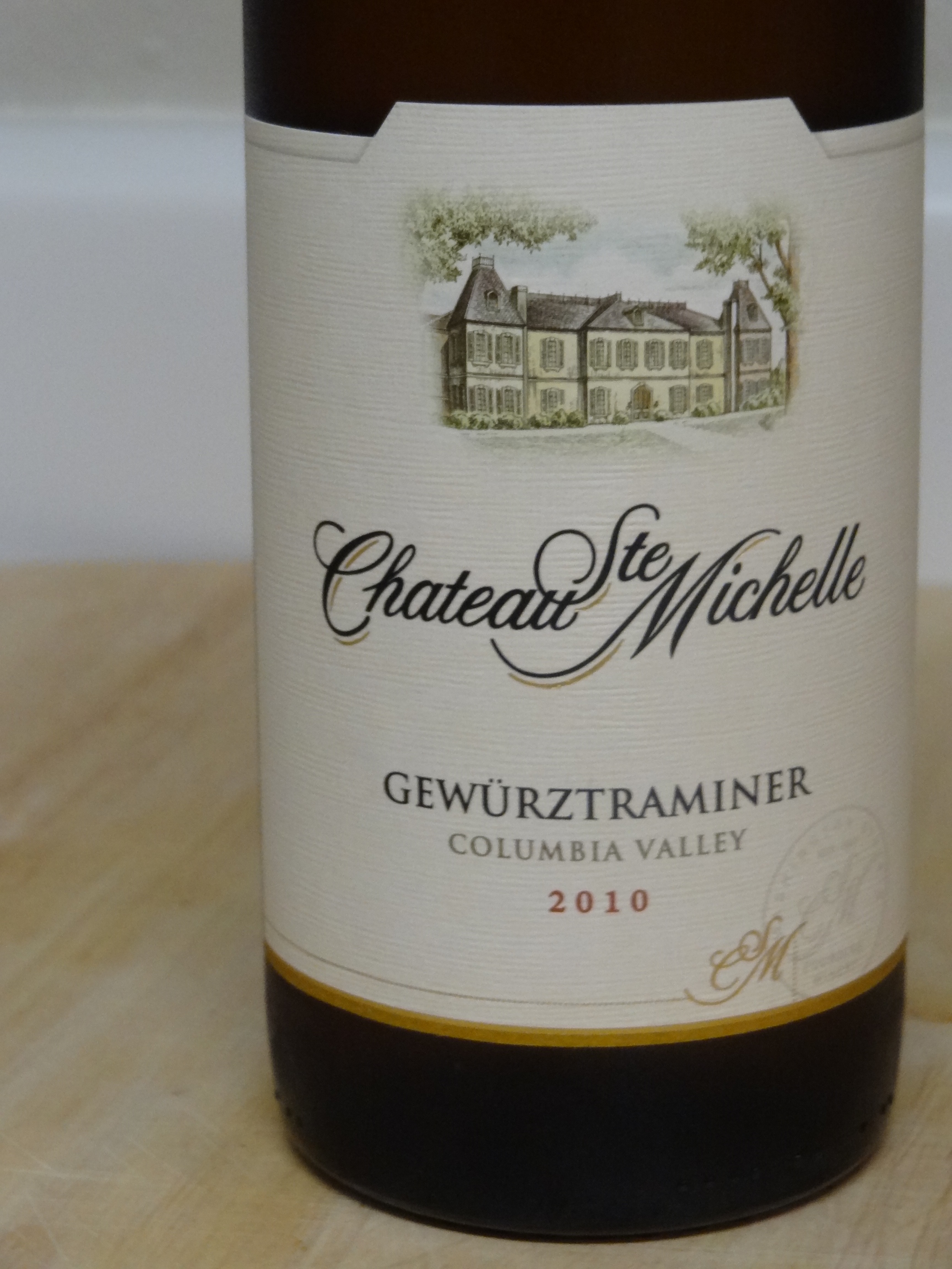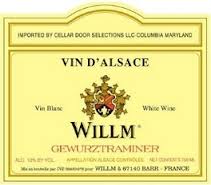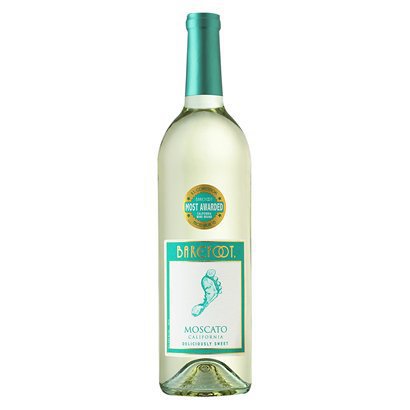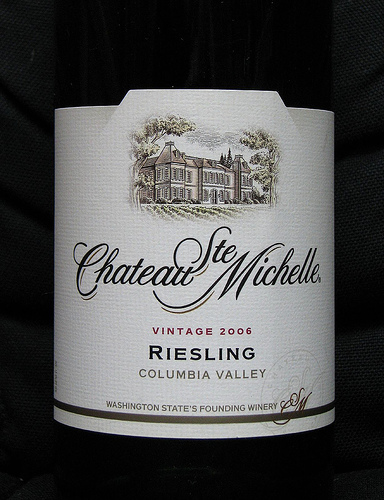Food and Wine Pairings: Sally's Cake Batter Blondies and Moscato D'Asti
What better way to follow a post on beer than with a post on dessert - dessert and wine pairings to be exact! With that statement, I guess I may finally know what it's like to be a politician. Why? Because by posting on food and wine pairings (especially a dessert pairing), I swear I am contradicting an earlier posting where I decidedly disapproved of dessert pairings.
If I did, I now stand corrected. I have recently attended a couple food and wine pairings that have forced me to reevaluate my stance on dessert pairings.
Sally's Cake Batter Blondies
Recently, one of my sorority sisters and fellow blogger posted a recipe for Sally's Cake Batter Blondies, check out her full and the recipe here. Frankly, the minute I heard "cake batter," I was sold. But, then again, I was a bit weary. Honestly, cake batter based blondies are not my forte. I usually tend to add too much milk, resulting in a weird cake-brownie cross. But this recipe seemed so delicious (and easy) I had to give them a try.
The result: buttery deliciousness. Seriously. This dessert was so decadent, I am almost afraid I am losing my sweet tooth. (Not quite!) So after tasting this delicious dessert, my first thought was - what wine would pair well with this?
Mia Dolcea Moscato D'Asti
Where it's From? Moscato D'Asti is easy to remember where it's from because has it's origin in the name! This wine was produced in Asti, which is part of the Piedmont wine region of northwestern Italy.
Grapes? Moscato, also known as the Muscat grape.
My Thoughts. Who would have thought that I would be advocating for Moscato on the blog. Moscato is very trendy right now, but it also makes a delicious dessert wine. I like it because it usually has some effervescence, or is even frizzante in style, which definitely livens up any dessert. Plus, it typically has a perfume like aroma of orange blossom, honeysuckle, citrus, and honeyed apricots that is definitely addicting. The Mia Dolcea Moscato was light and refreshing, with a juicy peach or apricot aroma that finished with a sweet honey flavor. The finish was definitely complimented by the buttery sweetness from the blondie. Together, the two made a truly decadent dessert that is worth repeating.
Looking forward to your comments on Moscato or wine and dessert pairings!
Cheers!
